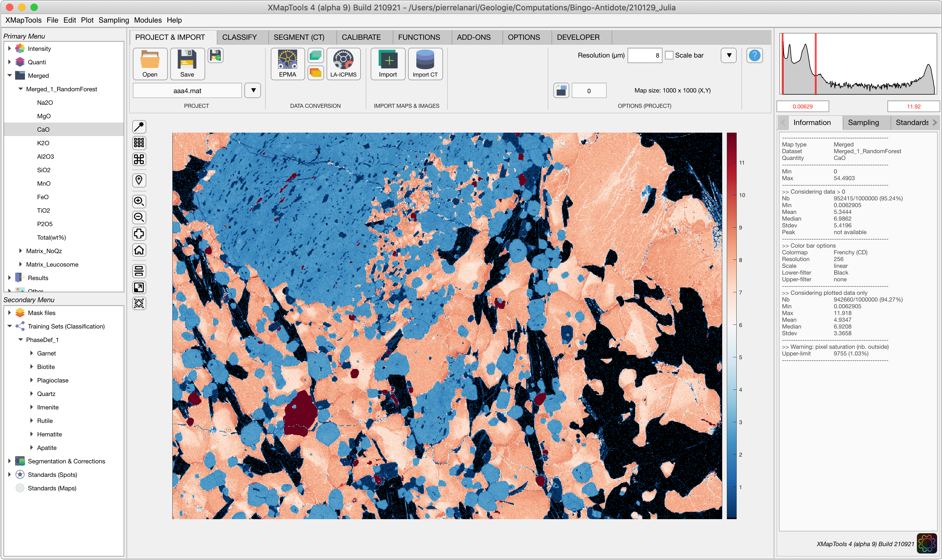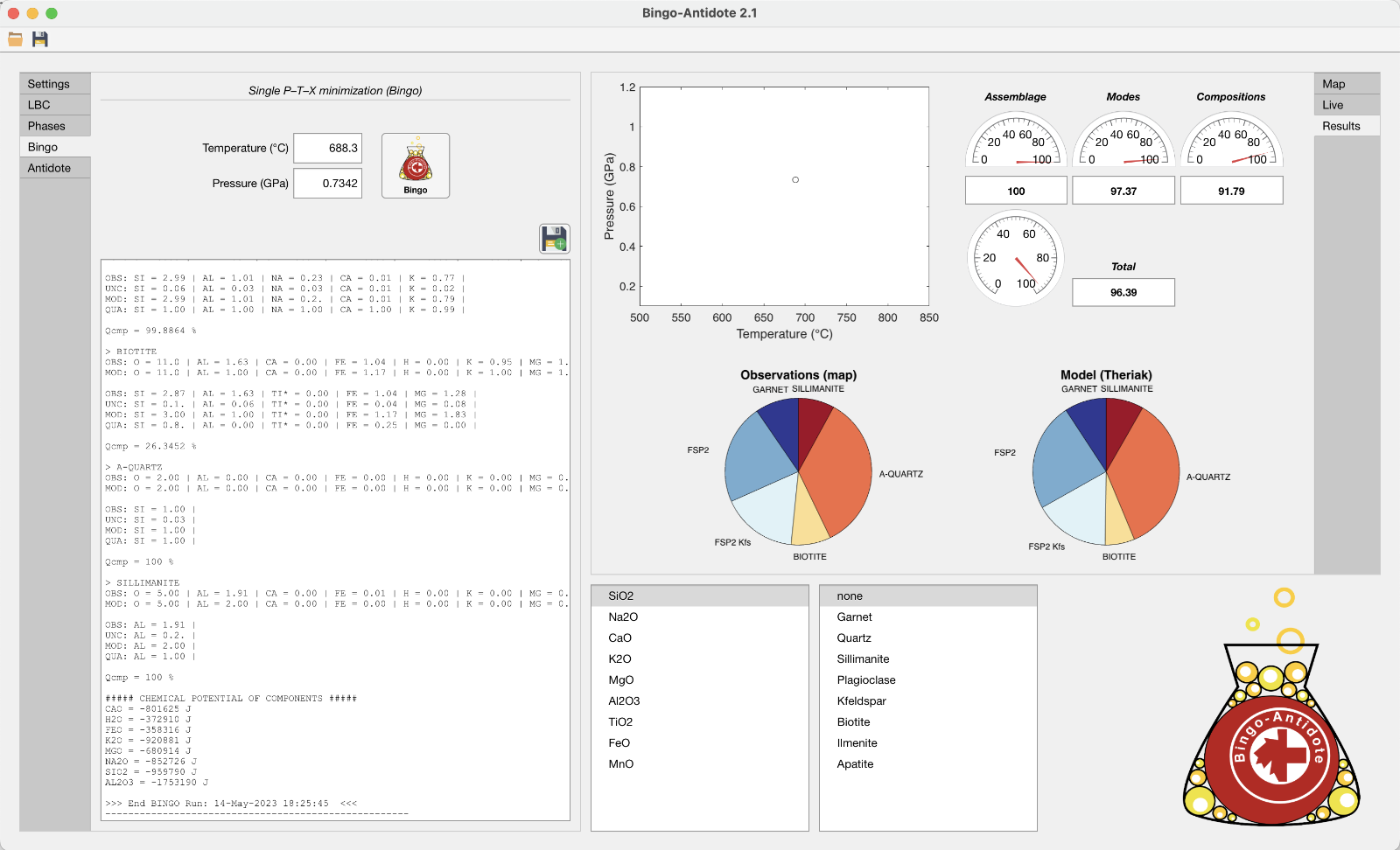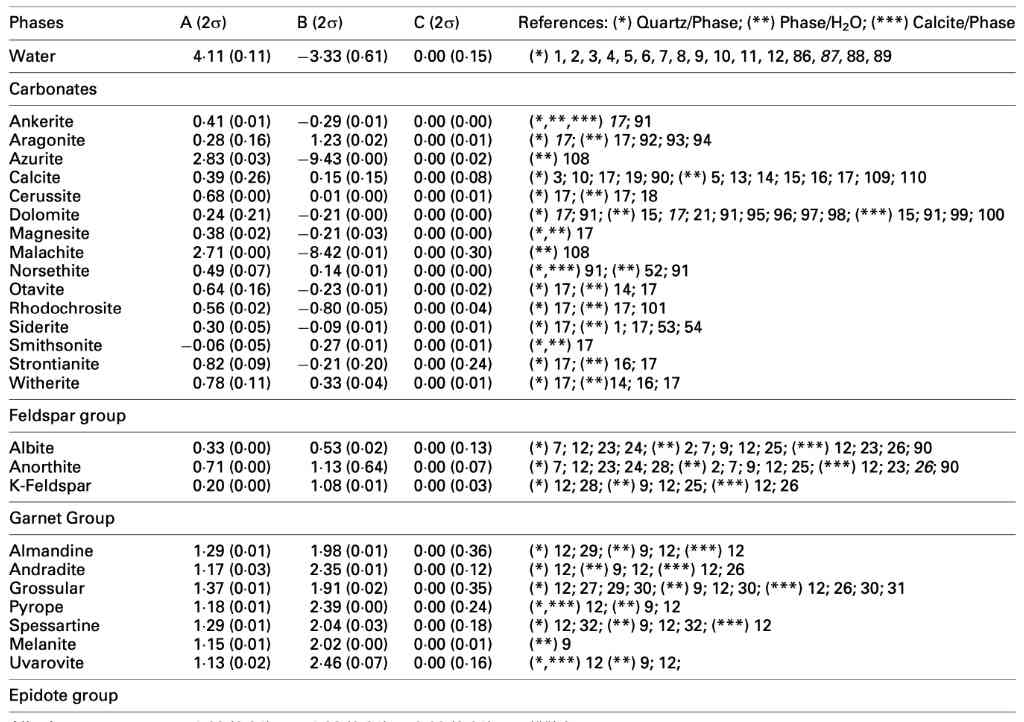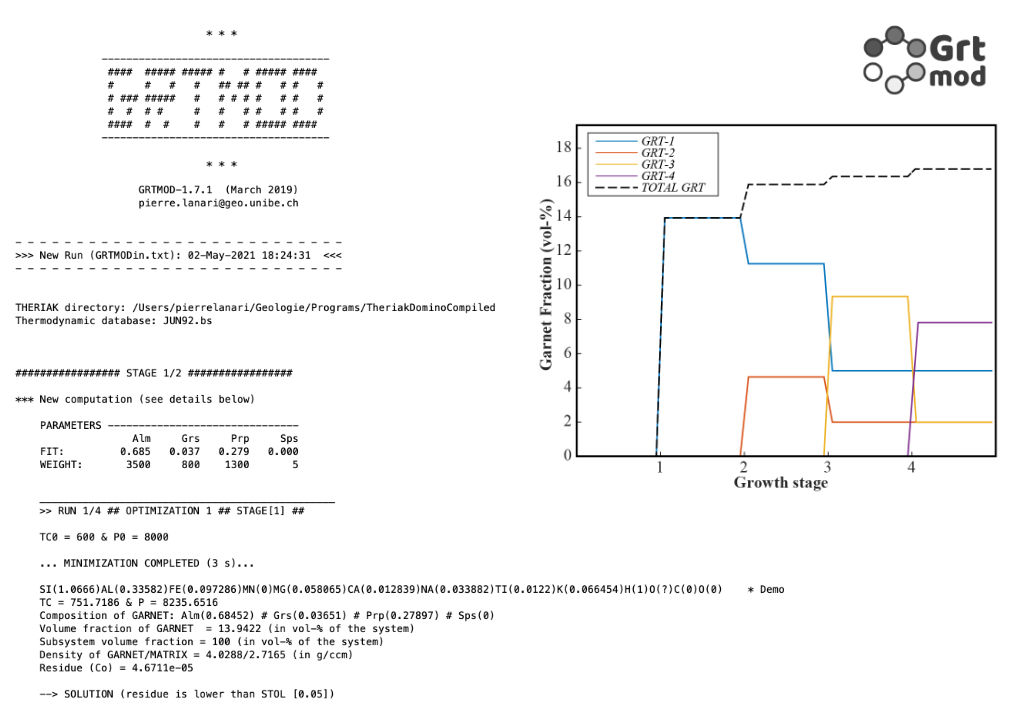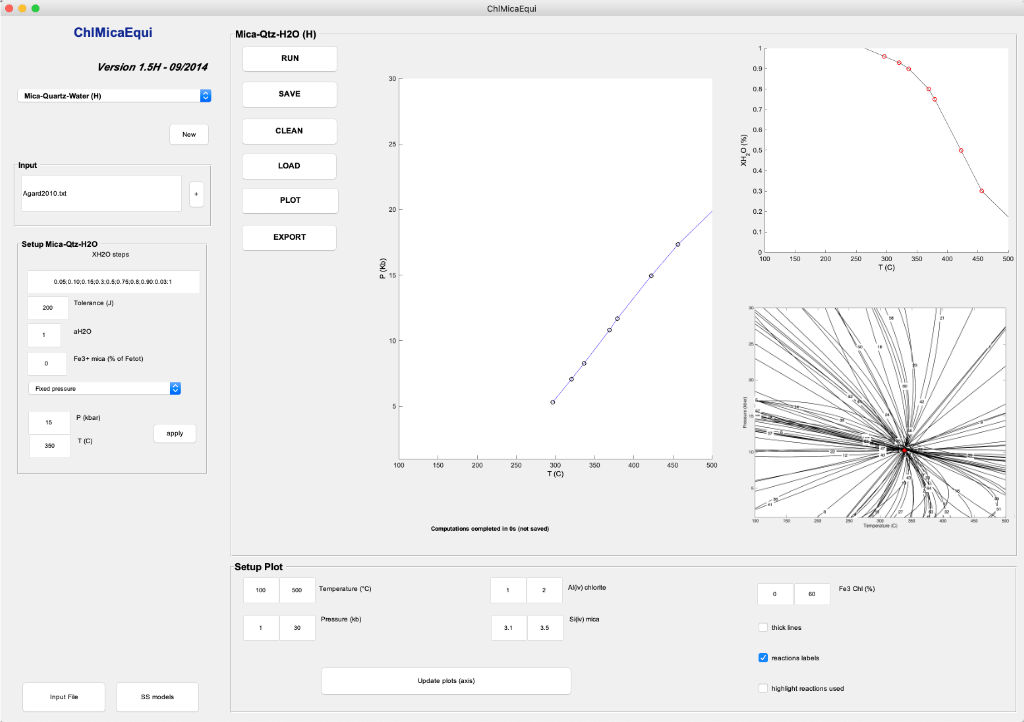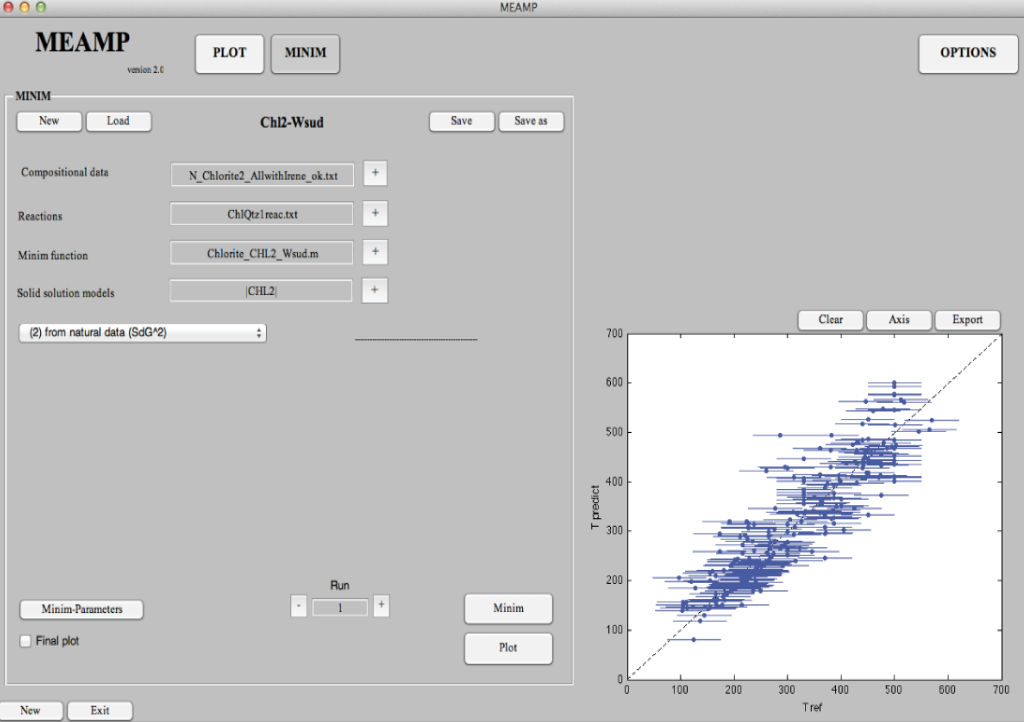Programs
Software development has become a critical part of modern research, especially in petrology and analytical geochemistry. For this reason, I have been involved in the development of several computer models and software solutions and have decided to make them available free of charge to scientists working in universities and public research organisations worldwide. This page lists my main contributions and provides links to the website of each project.
Software solution
XMapTools – Quantitative compositional mapping
Quantitative compositional maps are used in petrology to represent the spatial distribution and compositional variability of mineral phases in thin sections of rock. XMapTools provides advanced numerical tools in a guided environment to explore and visualise your data in your own way. It includes a wide range of options for data processing, data calibration and data visualisation via single and multi-channel maps or via binary, ternary and spider diagrams.
THERMOBAROMETRY
Bingo-Antidote – Iterative thermodynamic model
Bingo-Antidote runs iterative thermodynamic models to determine P-T equilibrium conditions for a given metamorphic assemblage. This hybrid strategy combines the strengths of forward Gibbs free energy minimisation models with the intuitive approach of inverse thermobarometry models. Bingo-Antidote is available as a standalone program or embedded in XMapTools using the XThermoTools add-on. Bingo-Antidote was developed in collaboration with Erik Duesterhoeft (University of Kiel).
Database and tools
DBOXYGEN, ThermoOx & PTloop – Oxygen fractionation modeling
This package for modelling oxygen isotope fractionation between minerals during metamorphism and fluid-rock interaction includes a database (DBOXYGEN) and two computer tools (ThermoOx & PTloop) for thermobarometry. DBOXYGEN is an internally consistent database of oxygen isotope fractionation factors. It contains fractionation factors for most major and accessory phases and allows consideration of mineral assemblages rather than individual mineral pairs. ThermoOx is a software solution developed to effectively use the DBOXYGEN database for thermometry and uncertainty calculation. PTloop is a computer model that combines thermodynamic calculations and oxygen isotope fractionation modelling to simulate multi-rock and open metamorphic systems evolving along any P-T trajectory. These tools have been developed in collaboration with Alice Vho (University of Bern).
Thermobarometry
GRTMOD – Iterative thermodynamic model for garnet
GRTMOD is a program for modelling garnet growth and resorption in metamorphic rocks. The main routine uses an inverse approach to fit the garnet composition predicted by forward thermodynamic models to that measured from compositional maps. The main objective of GRTMOD is to optimise pressure, temperature and reactive bulk composition to accurately model the successive growth zones of natural garnet. GRTMOD is the first iterative thermodynamic model that optimises the reactive bulk composition at each iteration.
Geochronology
SSAC & Trinity – U-Th-Pb data reduction
SSAC is a program for processing SIMS data and TRINITY is a program for processing LA-ICP-MS data. These programs allow the calculation of U-Th-Pb ages for allanite and zircon from SIMS and LA-ICP-MS spot analyses using appropriate uncertainty propagation routines. SSAC was developed by me during my postdoctoral period, while TRINITY was developed by M. Burn (University of Bern).
Thermodynamics
ChlMicaEqui – Multi-equilibrium using Vidal’s models
ChlMicaEqui is a modelling tool to calculate and plot equilibria using thermodynamic data and solution models developed by Olivier Vidal. ChlMicaEqui can be used for spot analyses or for quantitative compositional maps. A description of this program is available in French in my PhD thesis. This program is not available for public use.
Thermodynamics
Meamp – Optimization and plot of thermodynamic functions
Meamp is a collection of programs for multi-equilibrium calculations using different thermodynamic data sets and solid solution models. The main module allows the automatic adjustment of standard state properties and solid solution parameters by non-linear regression using experimental or natural data. A description of Meamp is available in French in my doctoral thesis. This program is not available for public use.

